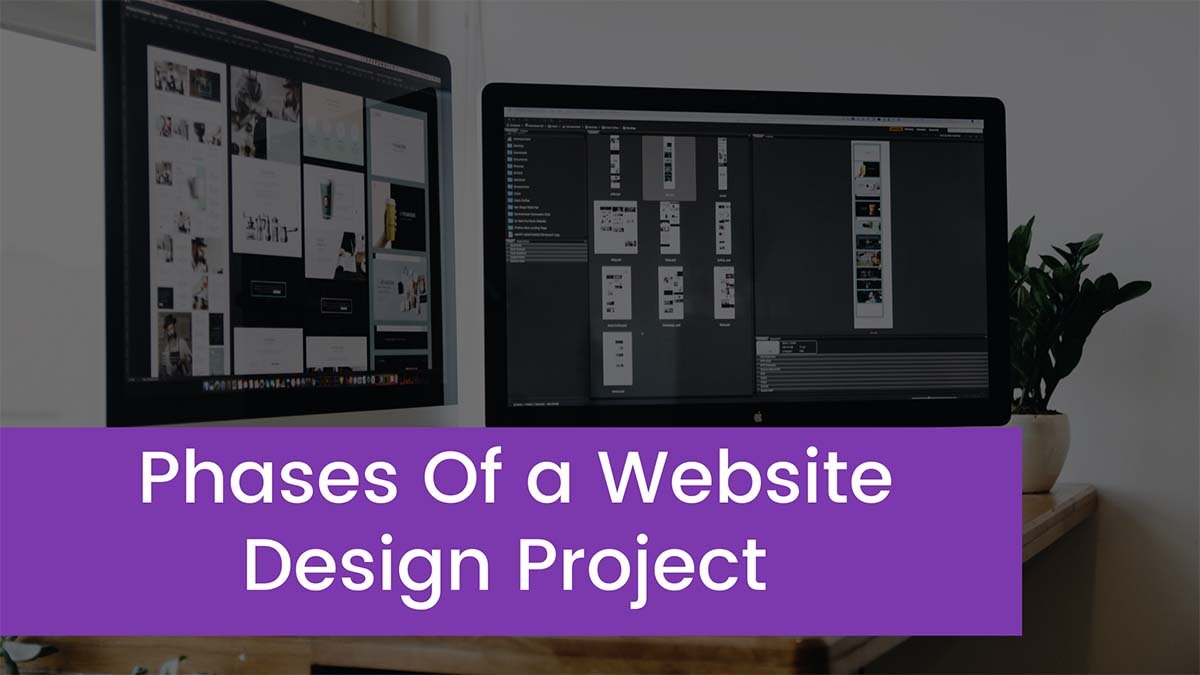Table Of Content

In this section, you should also outline the purpose of the project and lay out concrete steps for how you will reach the goal in mind. This section should give a clear path for how the project will be executed—make sure to keep it as specific as possible. Design briefs come in many different forms, but there are certain aspects that should be included each time.
this earth day, designboom revisits the year's top examples of passive architecture
These designs require a project design document (PDD) to be reviewed and approved by relevant governing bodies. What’s more, the tools, resources, tasks, and evaluation standards you use should mimic real-world conditions as closely as possible. Instead of simply giving students a textbook to look up the answers in, they should be encouraged to drive their own research and find their own answers through sources they choose. These sources could include anything from watching a documentary film to talking with members of the local community. Once your nonprofit project design is complete, you can use it as the framework for a formal proposal, which will help your organization secure funding in a later stage.
Why is project design important?
Again, this eliminates the risk of an asset getting lost in an inbox and it prevents designers from working on the wrong file. Project management software streamlines the process and ensures nothing slips through the gaps. It can keep a track of how long you’ve spent on designated tasks, automate deadline reminders, assign goals to specific team members, and act as a central communication portal for everyone involved in a project. Teamwork.com gives managers a bird's-eye view of the entire team so they can see all of the assigned tasks, availability, or when someone is potentially overloaded. It's the easiest way to prevent burnout and ensure transparency between various design projects. Finding a compromise between structure and creative freedom is hard.
Lean on your collaboration tools
This means you have to encourage creativity while adhering to client briefs or team guidelines. Waterfall is a rigid project management method with no room for error or iteration. PMs typically use waterfall when a project’s budget, requirements, and scope are clearly defined, reducing the need for flexibility.

The PDD must be reviewed by the Department of Energy (DOE) to make sure it meets validation requirements. The document and the registration request are then submitted by the DOE to the CDM Executive Board for approval. Identify the long-term and short-term outcomes you want to achieve.
Jira Product Discovery
Gucci To Reveal Ancora Design Project in Milan - HYPEBEAST
Gucci To Reveal Ancora Design Project in Milan.
Posted: Tue, 12 Mar 2024 07:00:00 GMT [source]
Scrum methodology is a combination of the waterfall and agile approaches, perfect for teams with complex projects that require shorter check-ins to identify priorities in between deadlines. It also provides more structure than traditional agile methods while keeping the team flexible enough to handle changes. The Scrum project management methodology adds to the agile approach by implementing design sprint meetings.
Called “Orama,” the Greek word for “view,” it honors the music events hosted against different mountaintop landscapes since 2022 via images, documents, flyers and invitations, among other memorabilia. The Woolrich store on Milan’s Corso Venezia will display some of the images to be found in the book, which drops in a limited run of 150 pieces on April 22. Australia’s Articolo Studios — internationally recognized for its contemporary, artisanal lighting, will debut its first furniture label Articolo Home.
Vitra "willing to take risks" over changing products' appearance to improve sustainability, says CEO Nora Fehlbaum
Identify Risks, Constraints, and AssumptionsNow that you’ve determined what you want your project to achieve, identify anything that could stand in the way of its success. Document any risks and constraints on budget, time, or resources that could affect your team’s ability to reach goals, milestones, and outcomes. In this article, we’ll show you how to design a project for any industry in 6 helpful steps, focusing heavily on the nonprofit, education, and software development verticals, complete with free, downloadable templates. Project design is a crucial stage in a project’s life cycle because it identifies key elements and sets the overall tone. For your project to be successful, you must first understand the steps involved in project design, as well as how to document them. A project design is a strategic organization of ideas, materials and processes for the purpose of achieving a goal.
Step 6. Create a contingency plan
At Woods + Dangaran, we create modern homes through dialogue and exploration. By collaborating closely with our clients throughout the design process, we are better able to inspire them with the finished product. By working closely with trusted tradespersons, we can deliver work that is uncompromising in craftsmanship.
It’s important to create a contingency plan for all identified risks. For example, you may need to communicate a change to your customers, especially if the change fundamentally affects the product’s primary function. That kind of change could be a risk where you lose users if you don’t communicate the change to them properly. So, your contingency plan could include onboarding and customer success training, so you’re communicating any changes to customers.
The guide discusses the techniques and attitudes of design to advance you from an open-ended challenge, to a place with new insights, ideas, and prototypes. It is intended for someone with some experience using a human-centered design approach (perhaps in a learning orientation), and now working on a real project. Giving your designers clear parameters to work within will ensure they’re channeling their creativity in the most productive way.

No comments:
Post a Comment